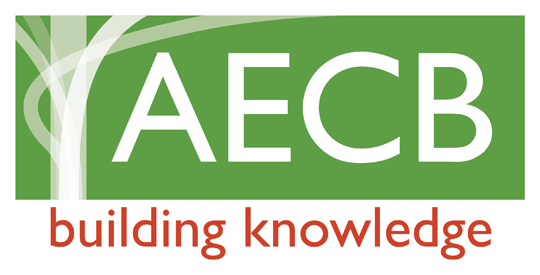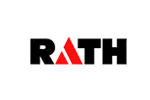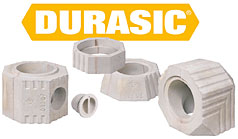Construction
As a HETAS registered installer we offer full instalation, construction and building services including site visit and inspection. Masonry heater would typically take around one week to complete, but some prefabricated kits can be built in a couple of days.
GENERAL CONSTRUCTION CONSIDERATIONS
An average masonry heater weights between (1300kg-2300kg) in most installations, not counting the chimney and concrete pad. Bigger stoves can weight between 3 to 5 ton. Proper footings and foundations are required and existing supports must be inspected by a competent person before being used. In a new installation, a footing must be poured on undisturbed compacted soil. A concrete block foundation is then raised and a concrete pad is poured on top of the foundation to the level of the unfinished floor.
CHIMNEY STYLES
Smaller masonry heaters typically require at least '6" diameter (150mm) chimney, but most of the medium to big stoves need 7-8" (180-200mm internal diameter) flues. Clay, refractory and stainless steel liners are suitable. Both masonry and HT (i.e. "high temperature") factory built chimneys are acceptable. Double skin insulated flues and pumice inserts can be also used. An existing chimney should be inspected by a qualified chimney sweep. The chimney can be connected on either side or at the back of the fireplace.
DAMPERS
A chimney damper is recommended in all installations to maximize the heat-storing ability of the fireplace and to ensure strong chimney draft at start-up.
WOOD STORAGE
Masonry heaters perform equally well with softwood or hardwood, lumber scraps, branches, or bundles of twigs, up to 50 lbs (22 kg) per firing. The only requirements are that the wood be dry (20% moisture or less) and suitably sized. Ideally, the pieces should be approximately of the same diameter for maximum efficiency. Reserve larger pieces (up to 6" [150 mm] diameter) for adding when the firebox is fully heated.
Outdoor wood storage must ensure that the supply is loosely stacked (criss-cross or "log-cabin" style is best) so that air can circulate around all pieces. The wood supply should have a roof to keep off rain and snow and should also be open enough to allow good ventilation.
Improper storage may prevent the wood from drying to the proper moisture content of 20%. Wood that is not dried to this level of moisture may create excess air pollution and impair the heating ability of the fireplace.
CLEARANCES AND BUILDING CODES
Masonry heaters conform to national building codes in the UK and the Government Approved Document J. Refer to building regulations BS EN 15250:2007, BS EN 15544:2009, BS EN 13229 and BS 8303-1:1994.










